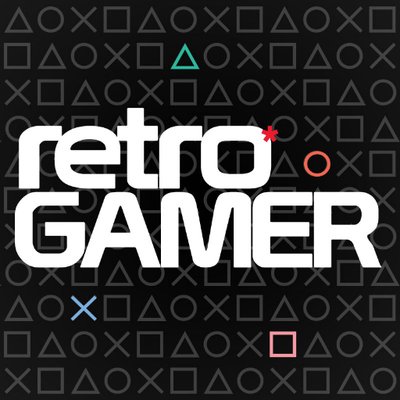The history of TimeSplitters: "We naively thought that EA are better at selling games than Eidos"
Retro Gamer looks back (or forward?) at the cult FPS from the team that once reinvented the genre on console
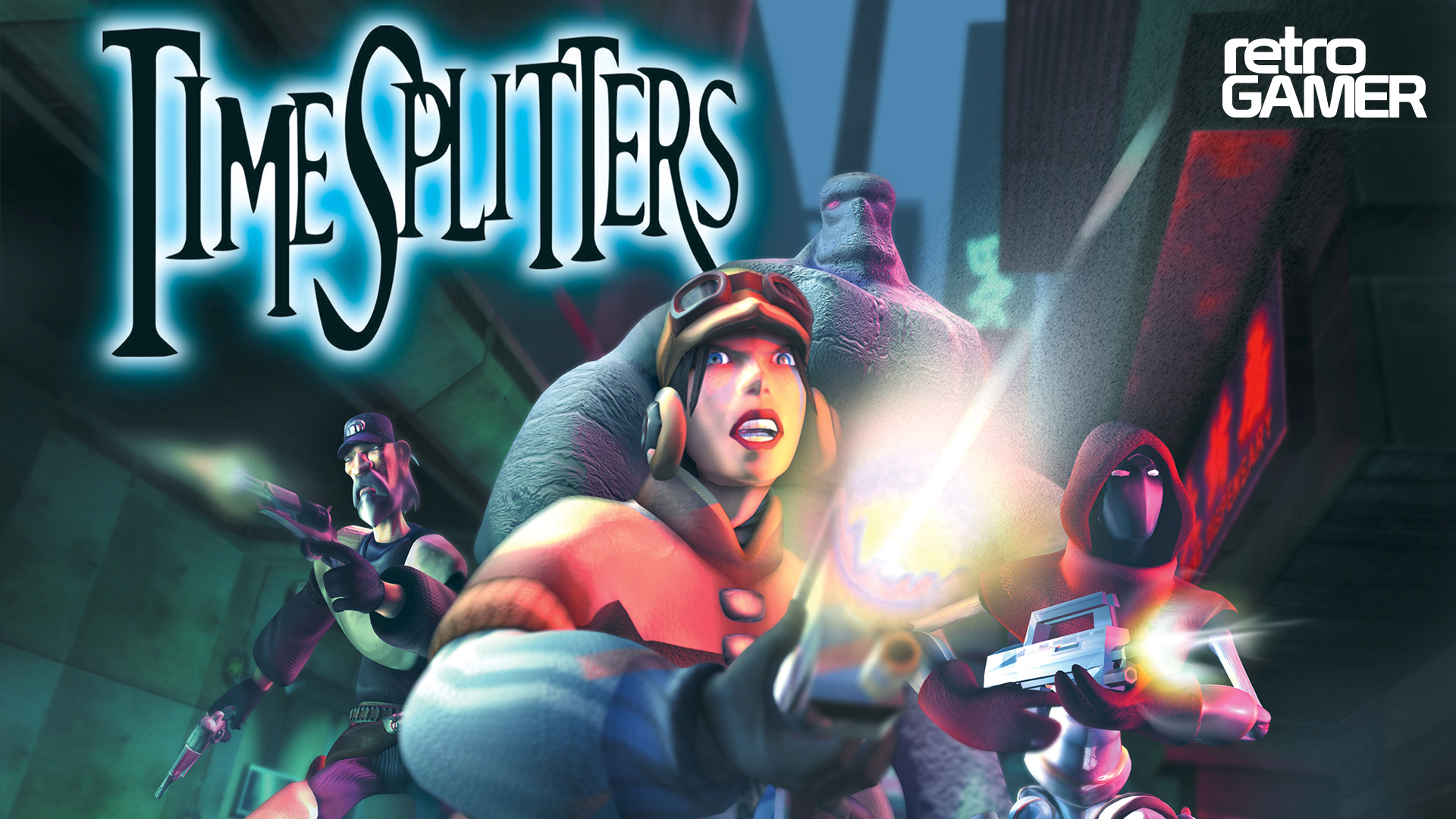
When you're responsible for a game like GoldenEye, a game that lives on in the minds of gamers around the globe as one of the most important releases of any generation, you have to expect a certain degree of dread when it comes to stepping out of the shadow of Rare and the Stamper brothers. That's not to say that TimeSplitters isn't deserving of the cult reputation that surrounds it, but when you can say that your game single-handedly shifted the way shooters were played… well, it's a high tightrope with a very long fall back down to earth.
"At the beginning, there was really only five of us," says David Doak, one of the initial founders of the developer behind TimeSplitters as well as the game's designer and programmer. "We had left Rare to set up Free Radical, and the project that we pitched to publishers when we were trying to get funding was actually the game that became Second Sight. The working title was called Redemption, and it was going to be a first person narrative-driven shooter with psychic abilities."
In the end, an agreement was made with Eidos for this small team to work for roughly three years on a novel FPS, and initial progress was fast. From leaving Rare in 1998, signing the contract with Eidos in February 1999 and moving into offices by April, Free Radical was up and running quickly. "We had to go through an approval process with Sony to get a dev kit," adds David, "and those were like rocking-horse shit – they weren't handing them out at all."
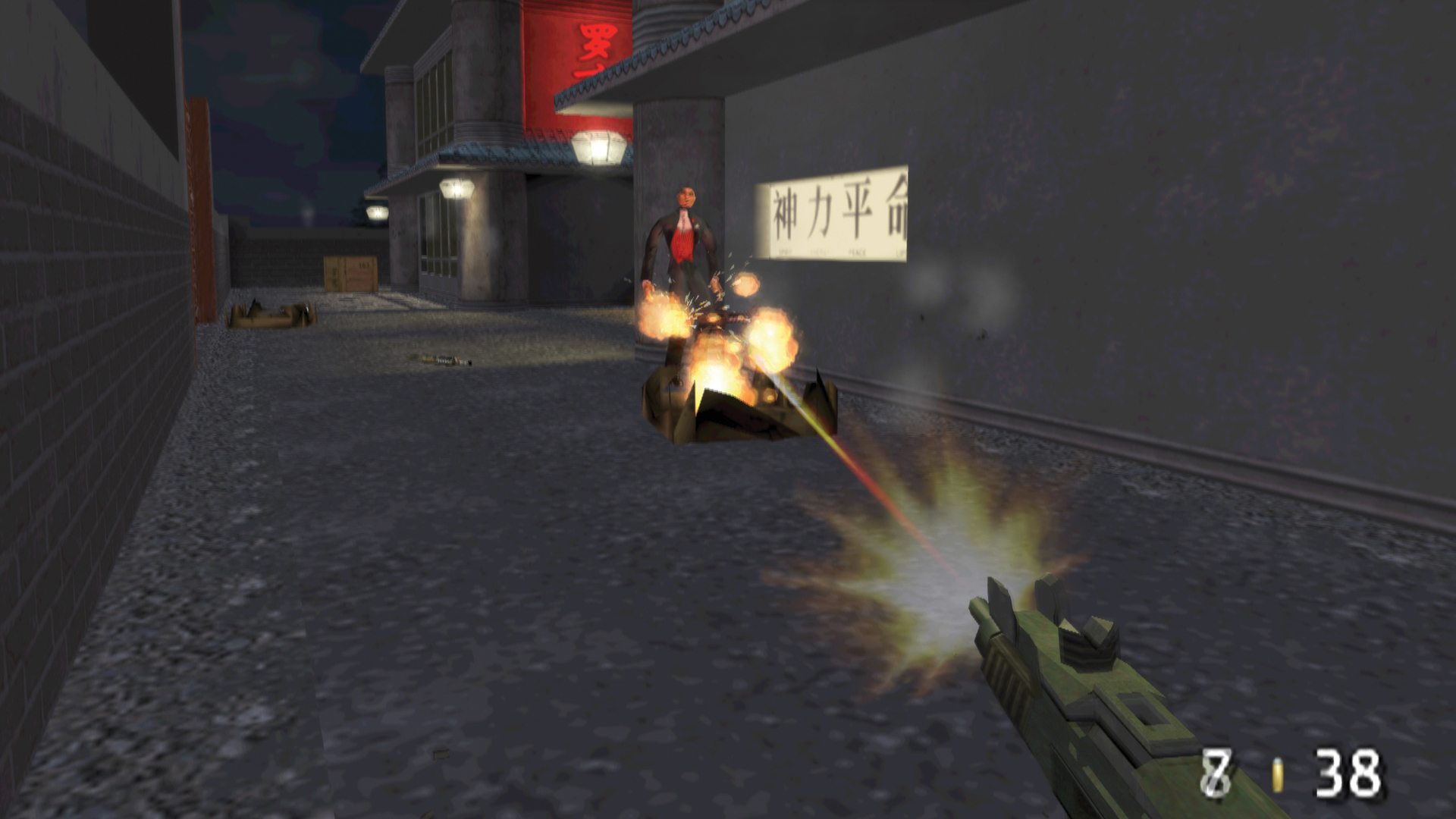
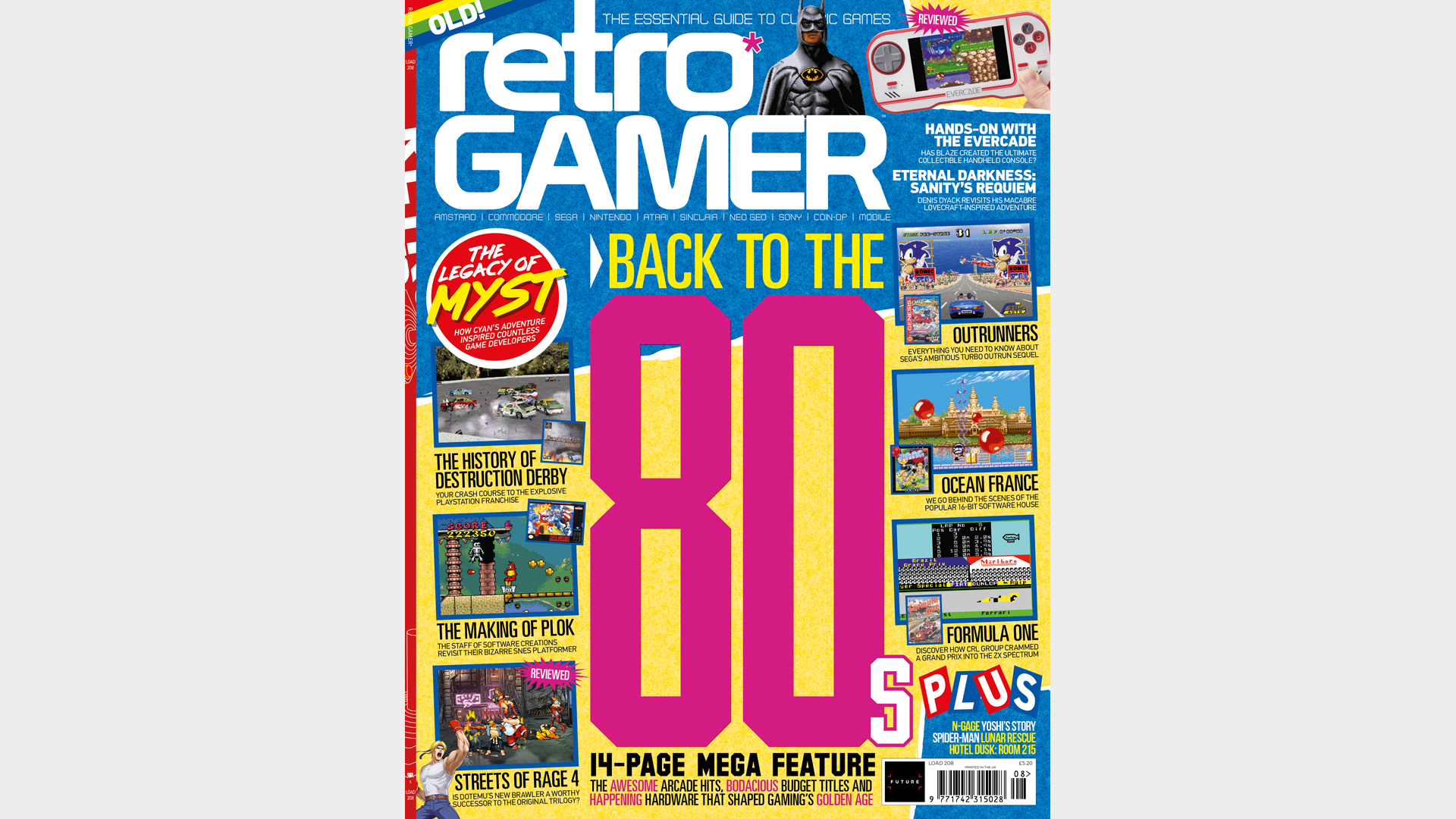
If you want in-depth features on classic video games delivered straight to your doorstop, subscribe to Retro Gamer today.
Yet somehow Free Radical managed to get hold of one, and in very little time a prototype of the game was created for Sony's soon-to-be powerhouse console. "Steve [Ellis, lead programmer] got something up and running really quickly. I think Sony were really impressed; their experience had been that people would take six months, eight months, a year to get anything working at all on PS2. It was down to Steve's technical ability: he had a first-person thing up and running fairly quickly."
The plan had always been to release the game on Sony's second PlayStation and take some time developing a standout title for the console. But it soon became apparent that the launch date of the PS2 was going to shift by quite some margin, giving David and the rest of the team some food for thought about how to proceed with the new machine. "Some internal discussion we had with ourselves was just like 'Well, it looks like the PS2 launch date is going to slip, maybe we should be trying to make just a fast, action, first-person shooter for launch rather than spending three years to make the game – as was the initial plan for Redemption.'"
TimeSplitters
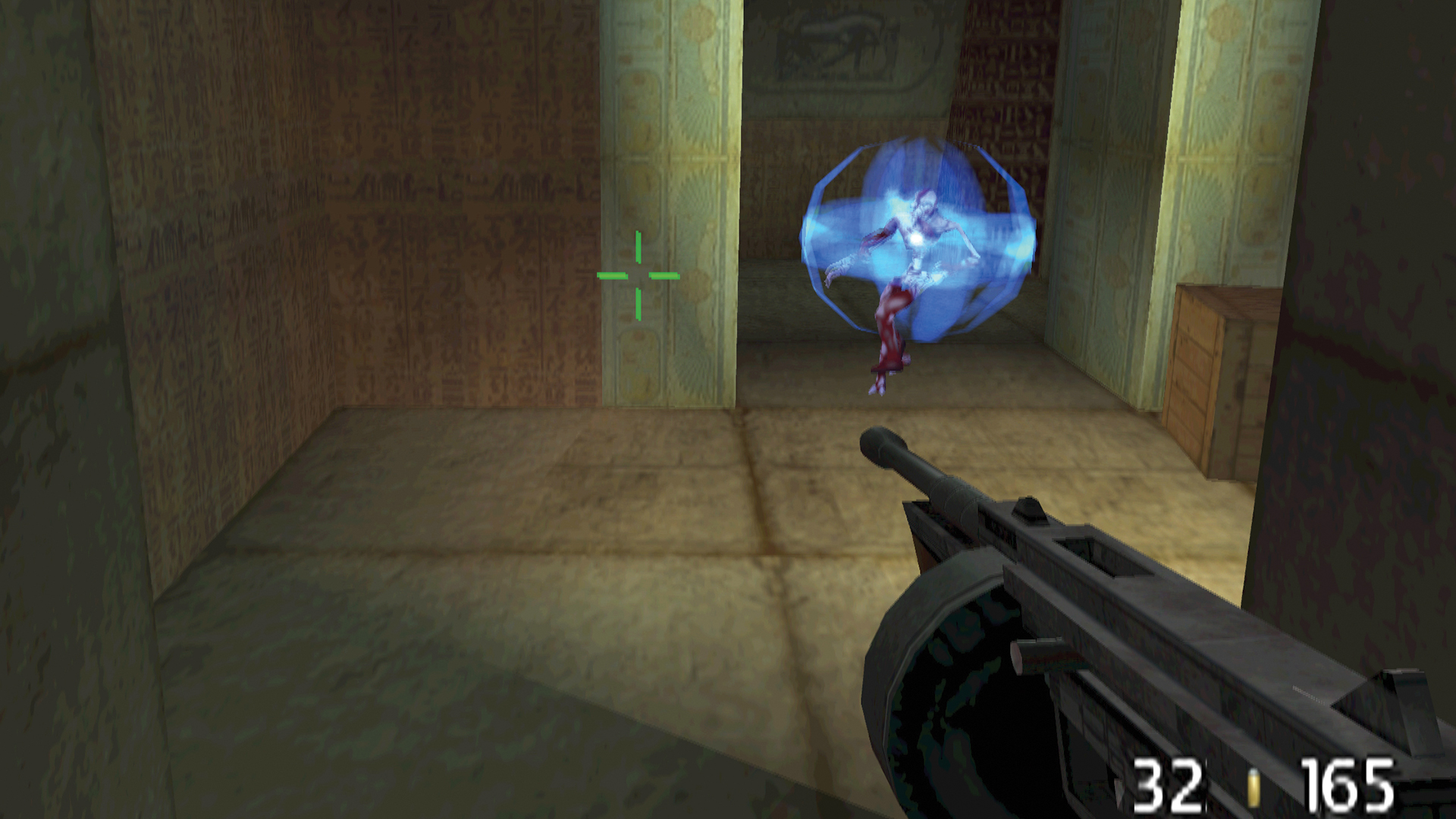
The team started to change its direction, even before speaking to its publisher about the major shift in gears that the project was about to go under, excited by the potential success that could come from having a PS2 launch title. "It was all very novel to us," David explains, "we had never been in charge of our own destiny before because we had just been working at Rare. But we told Eidos what we wanted to do, and they said 'Absolutely not, don't change what you're doing, we don't want that kind of messing around going on.'"
Not liking the response, David and Steve – the two team members primarily handling this side of Free Radical's business – reached out to Sony, detailing what it was that they wanted to do and explaining that Eidos was not allowing it. "And that's how we got a change; we were a bit brash," laughs David. The new approach for the game was a much simpler concept, with the idea for psychic powers and a rich narrative being ditched in favour of something fun, quick and easy to make in time for the PS2's new launch date.
Weekly digests, tales from the communities you love, and more
"The change of direction that we proposed was just to make what we called MPG – 'multiplayer game'. We were gonna make a single-player story game [with Redemption], and ended up deciding to make something that was just like the multiplayer from GoldenEye."
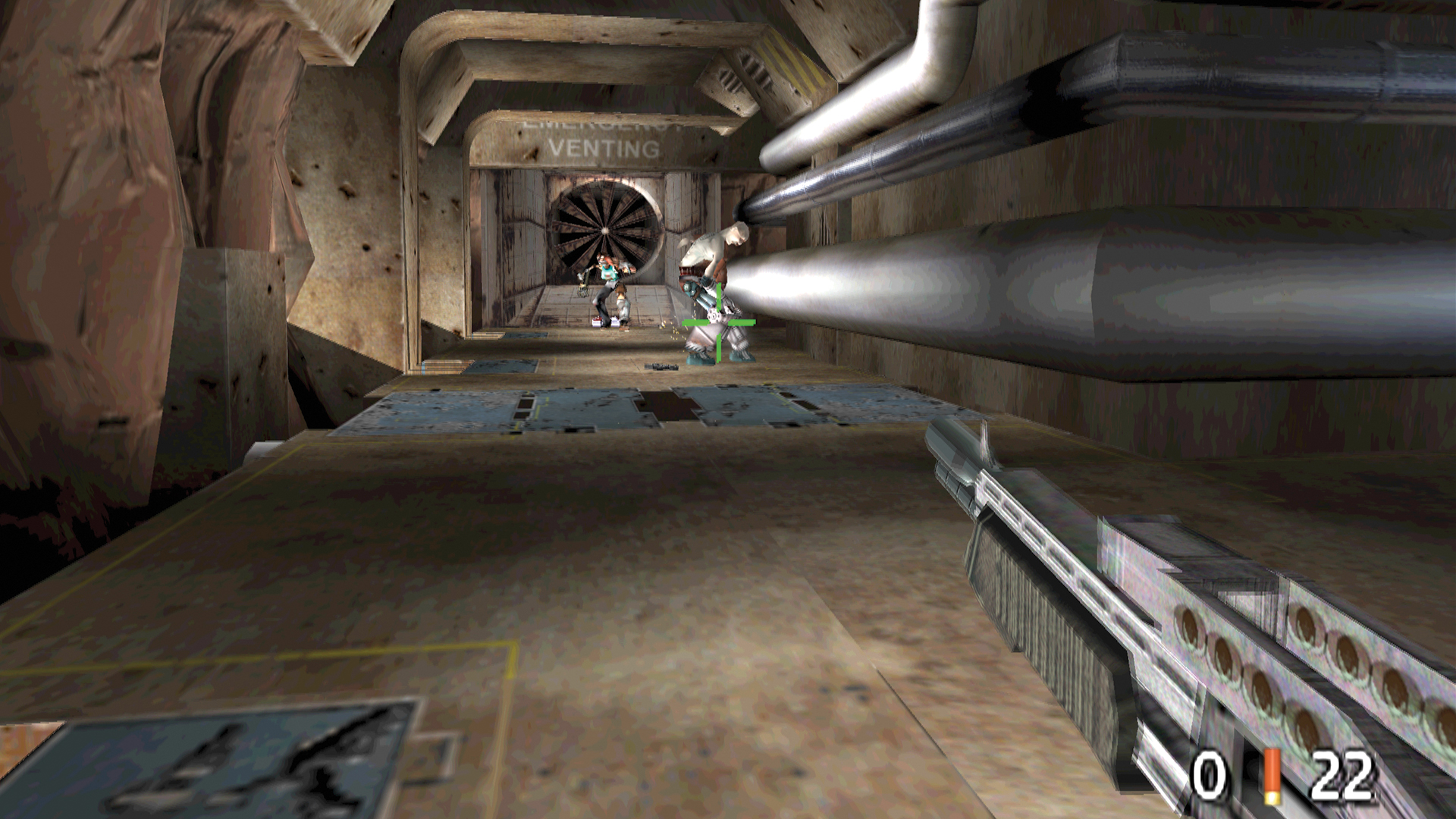
In fact the heritage of the team and its work on GoldenEye was at the core of TimeSplitters, primarily because of the frustrations that David and the other Free Radicals had endured when working on the Bond title. "But what would be different about MPG would be that it will be on PlayStation 2, it'll be fast, we'll do as much as we can with the hardware in the time and it'll have lots of variety. There was nothing more than that."
This is why there are so many different weapons to use, enemies to slay and environments to play around in. "The variety was that we decided to do lots of different movie genres," explains David, "so the three main threads were crime, sci-fi and horror and we'll do different time periods because that allows us to move things about a bit."
It's at this point you're probably starting to connect the dots, but originally "there were no TimeSplitters", the time-travelling enemies of the game having been bolted on in a way to add some context to the gun-shootery. "They came out of one of the horror models," recalls David. "One of the original models was called a splitter zombie or something. It's got like a corpse draped around some bone structure of an alien. That was the start of it, and the name came along afterwards."
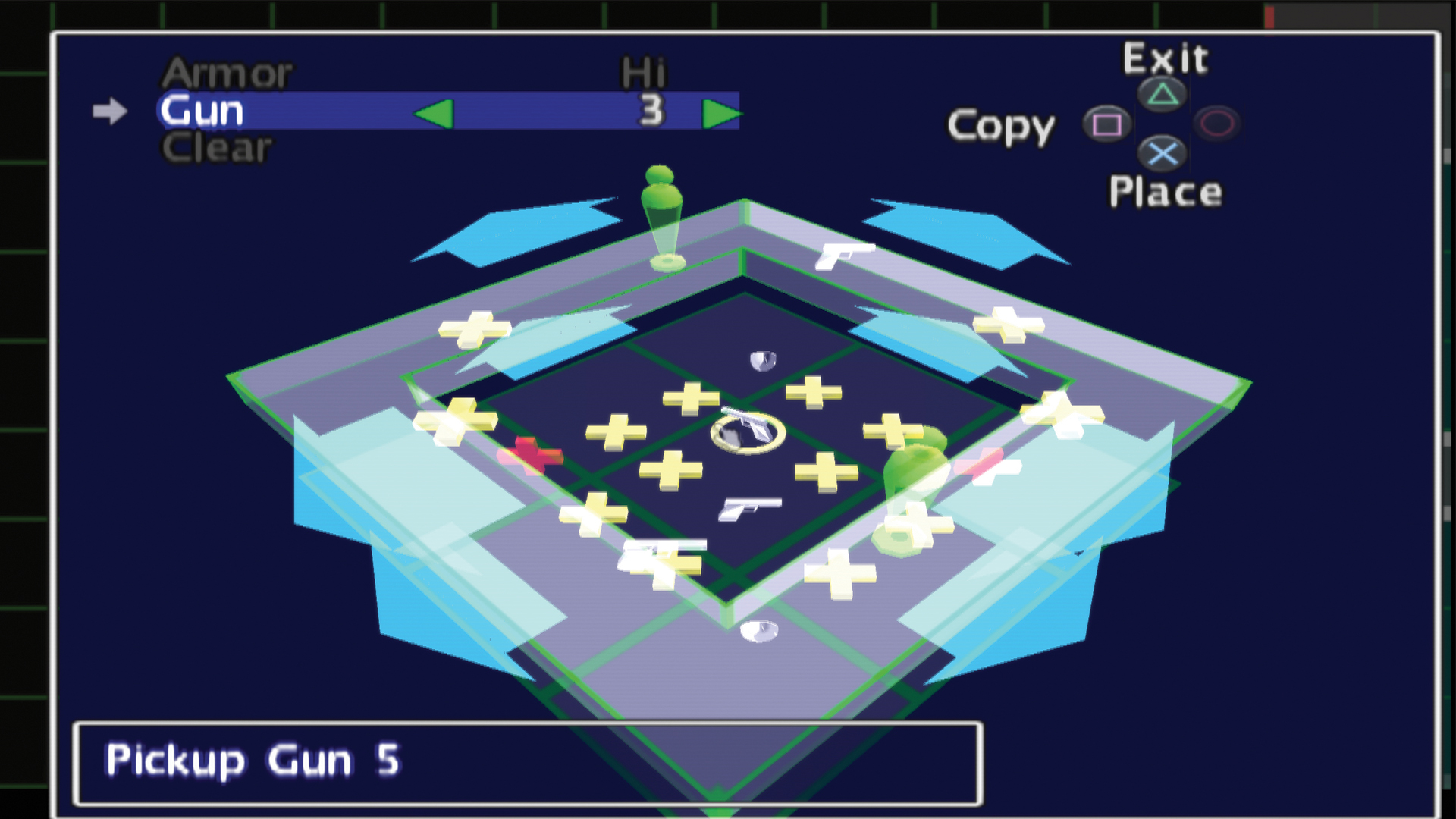
"The map maker was one of the most innovative things about TimeSplitters and it was a real fight to get Eidos particularly to realise the value of that"
David Doak
David admits that it was a "conservative" game in the end, pointing to the limited story, rudimentary AI and basic mission structure, but the team stuck to what it wanted to make: a slick, quick FPS that wasn't so restricted in realism and existing characters and story like GoldenEye had been. "The map maker was one of the most innovative things about TimeSplitters," adds David, "and it was a real fight to get Eidos particularly to realise the value of that. But that was the thing, we were always trying to make something that would please ourselves. And that was the thing about GoldenEye, it was great but it didn't have very many multiplayer maps. So why not let the players make them themselves?"
And better yet, Free Radical managed to hit its deadline and release TimeSplitters alongside the launch of the PS2 in October 2000 in North America and a month later in Europe. Facing off against the likes of Tekken, Street Fighter, Ridge Racer, Unreal Tournament and SSX will not have been an easy feat for an unknown title flung together in 18 months, but TimeSplitters fared well among its competition – and however ropey the PS2 launch titles may have been, there were some hard-hitting releases to contend with. It was played by a good number of players, enjoyed for its freshness, its speed, and its multiplayer-focused gameplay.
Free Radical had made the right call to get something out in time for Sony's PS2 hitting the shelves, and it added some weight to the ex-Rare developers as a talented team with some fun ideas. It was ratifying in some ways, proving that they were more than just a few of the team members that worked on GoldenEye. The sales may not have set the world on fire, but it started what would go on to be something of a cult following for the franchise. And the team knew just what they needed to do next…
"When we finished TS1, we knew exactly what we wanted to do for TS2 so we launched into it," says David. "We were able to hire a bunch of people because we had a bit more reputation then, and TS2 got done in under two years. TS2 is so much more of a complex game than TS1, and I don't think we put a foot wrong making that game. I can't remember much about doing it other than it being constant hard work, but it was really enjoyable work."
TimeSplitters 2
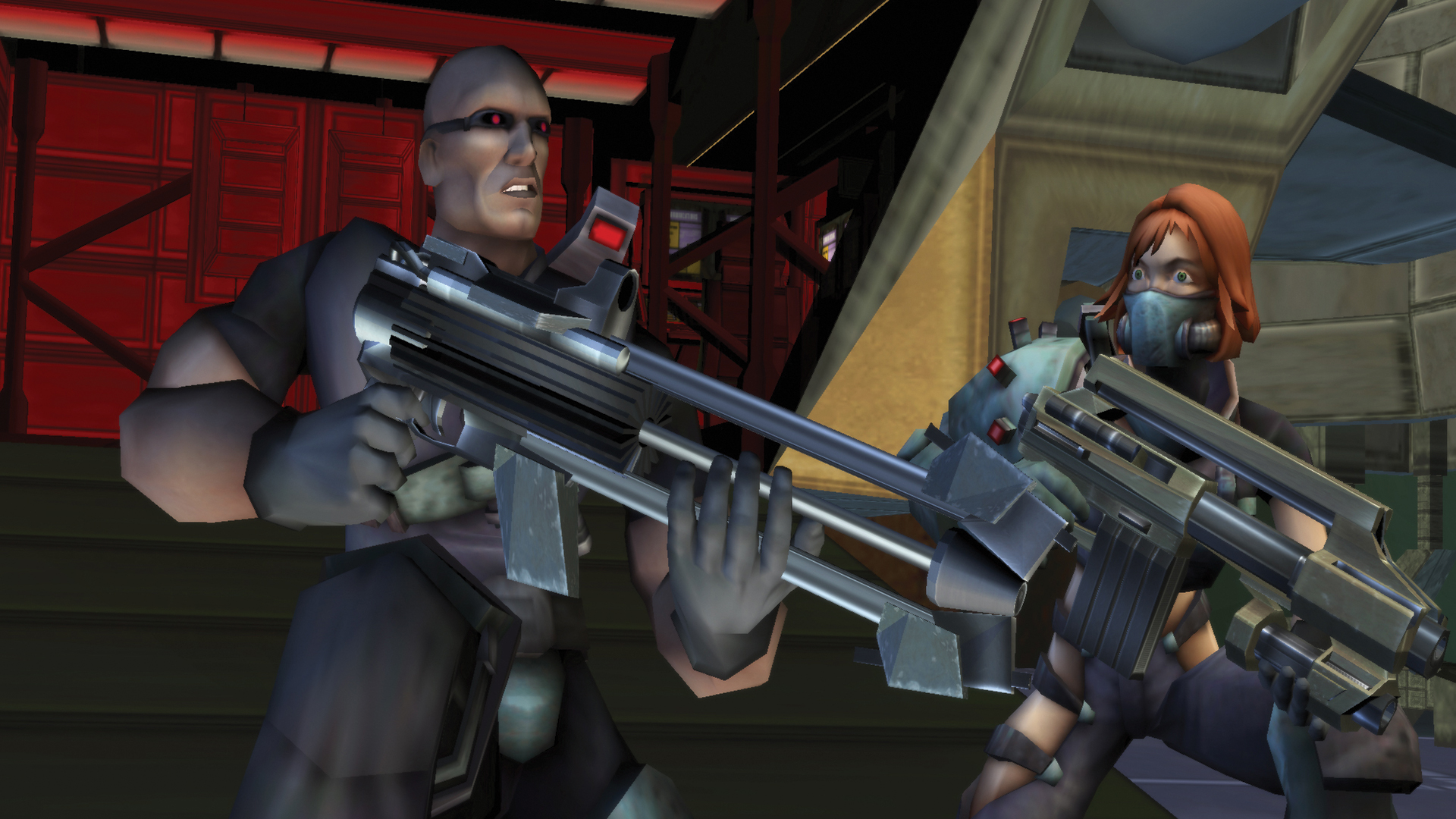
To turn around a full sequel in such a short space of time is nothing short of outstanding, but the fact that TimeSplitters 2 has since gone on to be revered within the world of FPS games says a lot about the improvements that were made and the final quality of the released product. "I think peak Free Radical was TimeSplitters 2," adds David, "I think that was the best thing we did. TS2 was an incredibly efficient dev cycle. At the time we probably felt like we were trying to bail out a lifeboat or something, because we were never complacent about where we were. We did TimeSplitters and got it done for the PS2 launch, which looking back is an amazing achievement; it was incredibly hard work at the time and we were fortunate that all of the people who were now our employees had the same enthusiasm for success. We still had that same enthusiasm, so we immediately went into making TimeSplitters 2 and fixed all things that we wanted to do in TimeSplitters 1 but that we didn't have time to do."
This meant an improved visual fidelity, enhanced gameplay in terms of the design and structure of the missions and – more than anything greater focus on that time-shifting narrative that was at the heart of the original. "TimeSplitters 1 actually has the whole Quantum Leap thing in there, but it wasn't made explicit," says David. "We just invented a backstory to justify it having all of the environments and time periods. TimeSplitters 2 starts to try to communicate that backstory, although it's not like we didn't have some kind of bible of lore. It anchors the whole thing in this Cortez space war time frame, and everything that is going on is just them dipping into other realities. It's fairly lazy sci-fi, but it works."
At this point, the industry was really beginning to solidify the idea of real storytelling in games, to a point that it was considered an essential part of any release – however trivial. The original game's series of menus worked for its arcadey gameplay, but a sequel had to do more in bringing a story to the forefront if it was to compete within the industry. "The TS2 cutscenes were an absolute nightmare to get working," recalls David. "They Look trivial by today's standards, but we were doing all of that super expressive animation stuff, a lot of that was down to James Cunliffe, who was a really important visionary in that respect. That's one of the things about TimeSplitters that I think is amazing when you look back, particularly the cutscenes, I think they all hold up really well."
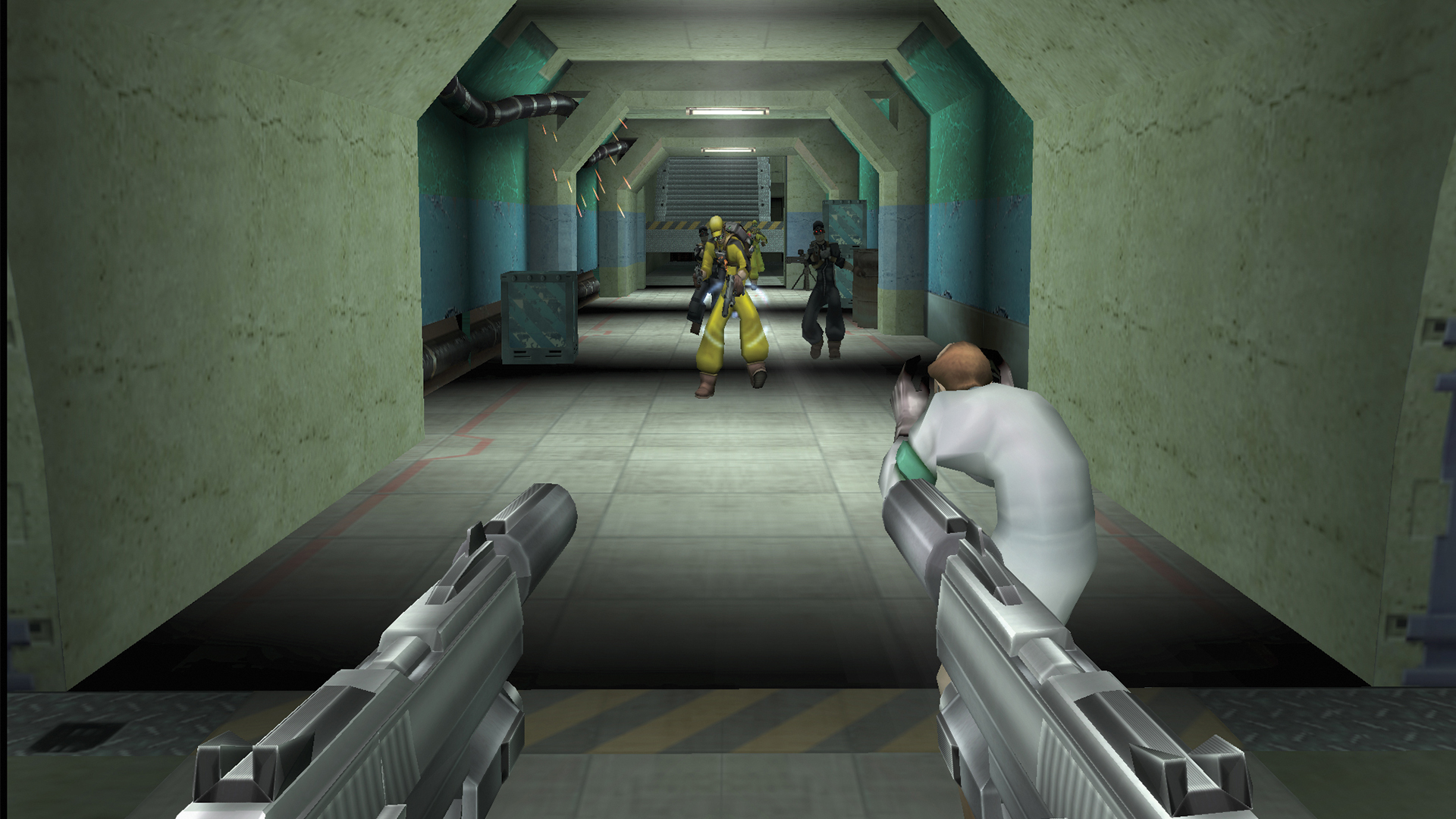
"A company of probably under 30 people delivered something that was one of the top-rated first-person shooters"
David Doak
Though the team was able to grow for the development of TimeSplitters 2, it didn't balloon beyond its original size. Mostly this meant artists, especially animators since, as David puts it, "animation was becoming important". It was also important that the sequel was released across the spectrum of consoles. PS2 was a given, of course, but there were also Xbox and GameCube versions released, too, with all three releasing simultaneously in October 2002 to a great deal of critical praise. The heritage of the studio was clear, and TimeSplitters 2 was much more well-rounded as a shooter thanks to the fairly clear GoldenEye influences. It took the quick, arcade-style shooting that was core to the original and enhanced it wherever it could, while really bringing the knowingly goofy storyline front and centre. The sequel was considered to be a success and ended up as one of the highest-rated FPS games on each of the three platforms. Eidos was happy with the sales of the title, too, but Free Radical had hoped for something more.
"With TS2, certainly from a resources point of view, we were punching well above our weight," says David. "A company of probably under 30 people delivered something that was one of the top-rated first-person shooters on all three platforms that it was released on with massive critical response. It performed well at retail, but we felt that it hadn't sold as well as it should've." Free Radical put the blame on Eidos, who the team felt did not hold up its part of the bargain well enough. "We were always saying to Eidos 'You didn't sell enough copies of it', and they would say 'But it was a big success!'. And our answer was 'It's not a big success. Don't tell us to aim lower than we've done before. GoldenEye was a big success, this is not as successful as GoldenEye'. It's that relationship you have with the publisher, it's your baby, but to them it's another cereal box – they have other things. Your interests are never exactly aligned."
On top of this, the two companies had clashed when it came to the GameCube version, which wasn't originally going to happen at all since Eidos had claimed that it "had no relationship with Nintendo'' and therefore would not be publishing a GameCube version. It was only when Free Radical offered the rights to publish TimeSplitters 2 on GameCube to Activision – who the studio was already in talks with regarding Second Sight – that Eidos back-pedalled on the decision. Needless to say, Free Radical's relationship with Eidos was hanging by a thread, so when EA came along looking for a slice of the TimeSplitters pie, it didn't take much to convince the small studio to sign the third game in the series with the biggest publisher in the industry. We naively thought that EA are better at selling games than Eidos, so we ended up doing a deal with EA," says David, before adding that "working with EA was disappointing".
TimeSplitters 3
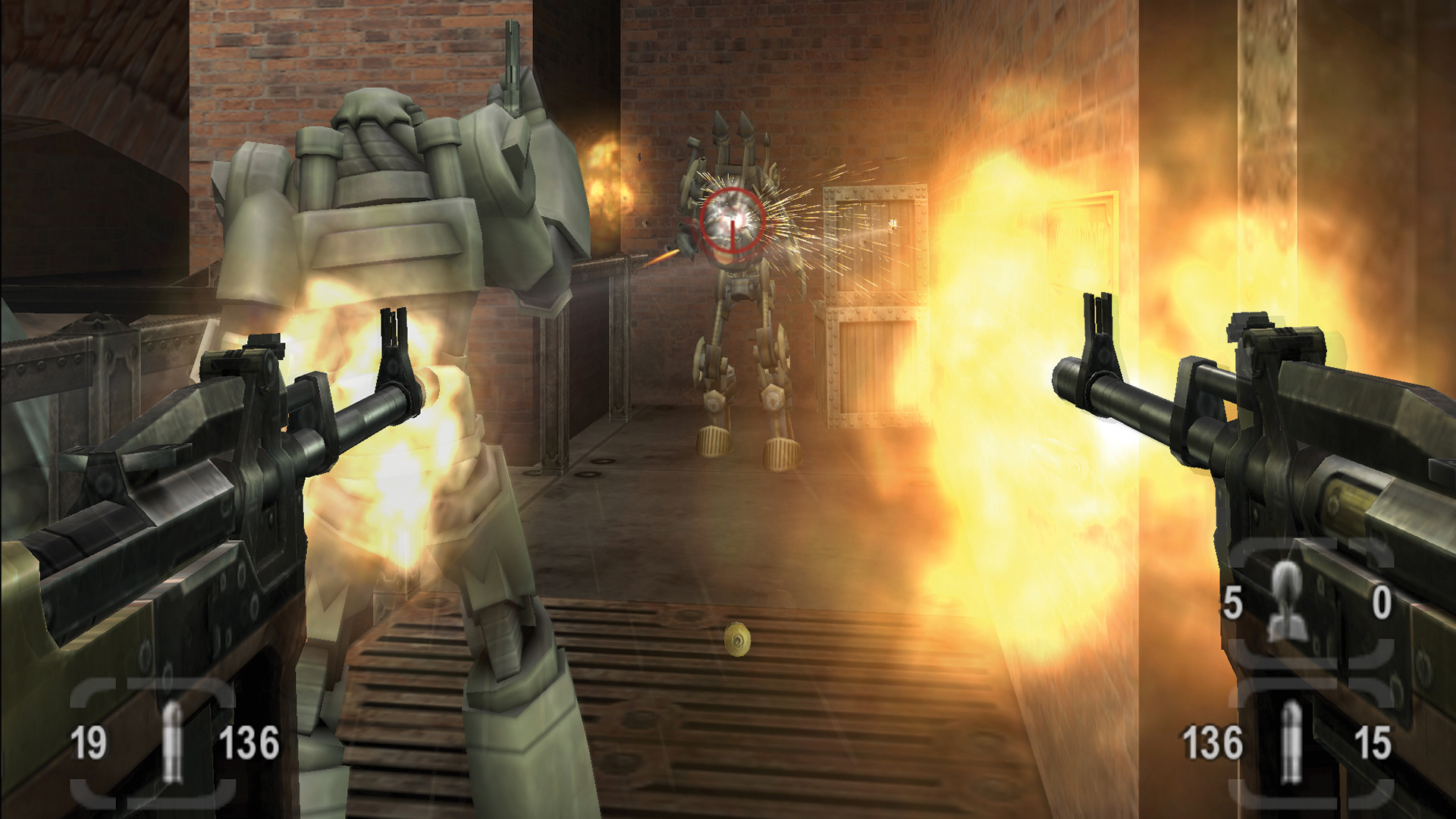
"We naively thought that EA are better at selling games than Eidos, so we ended up doing a deal"
David Doak
Free Radical had ideas for the direction it wanted to take TimeSplitters 3 and ways to improve on its successes with the second game, but there were a lot of challenges in working with its new publisher. "In my mind, you can't unpick the game from the business side at this point." The biggest clash came from the tone of the game, with Free Radical wanting to retain a quirky, self-knowing silliness to the time-travelling antics of Cortez and the TimeSplitters. EA didn't know how to sell that, however, and wanted an aesthetic that was more in line with the serious shooters that were becoming incredibly popular at the time – and much easier to sell.
"Cortez didn't look like a space marine, TS3 was a lighter, brighter-coloured thing. We had a bunch of EA people turn up with mood boards and what they called a 'ripomatic', which is when you get someone with some perfunctory understanding of video editing software and they grab a whole bunch of scenes from some films they like and they show it to you and they say 'Look at this clever vision'. And their clever vision was just 'We really like Wesley Snipes in Blade…'"
Despite EA's marketing machine trying its hardest to shape the quirkiness of TimeSplitters to something it could fit into its roster, there were still improvements to the overall gameplay. "It's funny, a lot of stuff that was in Perfect Dark made its way into TimeSplitters circuitously," says David. "We left Rare after a year and a half of Perfect Dark before it was released, but I think a lot of the gadget stuff and multiplayer stuff that is in Perfect Dark, we went back and copied a lot of it again."
This meant a lot more tools and quirky diversions to add to the "chocolate box of options", as David puts it, such as a remote control cat, inventive new weapons and a fairly convincing virtual desktop system for hacking cameras, reading memos and playing around with the environment. David points to this version of the map maker as something that he was especially proud of with the third game, "I think it was a brilliant accomplishment. You could set up logic, game rules and share things online. Just look at Fortnite's creative mode, we were trying to do all that stuff and I think we did it fairly well. But again, that was really strange because at the time, particularly Microsoft, I remember were incredibly antagonistic about it. They couldn't see any way to monetise it."
What happened to TimeSplitters 4?
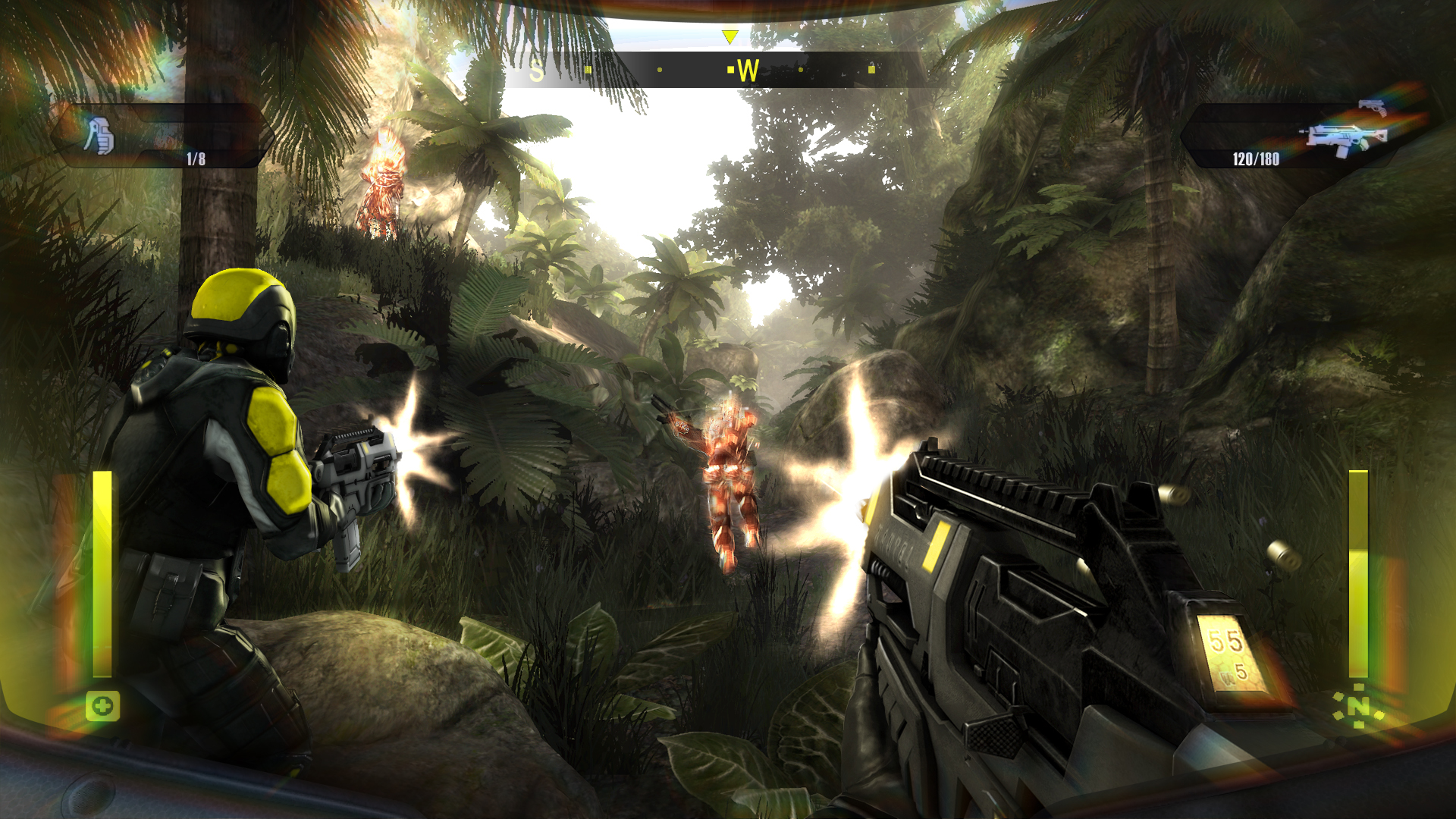
"Haze ended up being us trying to change, to make the kind of game that publishers were happy to fund"
David Doak
Unfortunately, despite the company's best efforts, TimeSplitters 3 was released at a time when first-person shooters were more in tune with Call of Duty and Medal Of Honor than the "lazy sci-fi" of a time-jumping space marine. The game released on PS2, Xbox and GameCube in March 2005, but despite favourable reviews was not able to garner the sales necessary to keep Free Radical going. "Second Sight underperformed," recalls David, "and that was the beginning of our problems. Future Perfect didn't sell as well as it might've sold, I think because EA had lost interest at that stage. After that we didn't have the opportunity to make another TimeSplitters game, that's what we wanted to do. But we had exhausted our potential pool of publishers back then."
David laughs that this was likely because Free Radical was "hard to work with because we actually cared about what we were doing", but ultimately the FPS genre had outgrown the franchise. After releasing its contemporary shooter Haze (which had its own failings courtesy of the new generation of consoles), there was one last-ditch attempt to get the fourth game off the ground. "People go 'How the fuck did you go from making those games to making Haze?', and the reason was because we couldn't get deals to make the kinds of games that we were making, bizarrely," says David. "Haze ended up being us trying to change, to make the kind of game that publishers were happy to fund, which is really strange looking back on it."
A year of initial development and a playable demo was all that existed of TimeSplitters 4, but there was just no interest from publishers, leading Free Radical into administration only to be sold to Crytek in 2009 – at which point the franchise was put on ice until "there is a demand for that type of game". A cult following has sustained the TimeSplitters name and this is likely why countless rumours have popped up in the last 12 years since about the glorious return of the series… but nothing has come of it yet. Time is cyclical, however, or at least some will have us believe, and these days the industry is ripe with potential for a more atypical, tongue-in-cheek FPS.
Classic shooters Doom and Wolfenstein have recently reinvigorated the genre, after all, with their modern outings proving that not every FPS these days has to live in Call Of Duty's shadow. And if previous rumours of a TimeSplitters 2 Remastered end up being correct, it would be a timely opportunity considering Tony Hawk's, Crash Bandicoot, and Resident Evil have all demonstrated the value that a bit of spit and polish can do for a nostalgic audience. Then there's the fact that in 2018, Koch Media announced that it had bought the rights to the franchise, and in 2019 original Free Radical, Steve Ellis, joined the company to "explore ways to bring TimeSplitters back". So maybe let's not call time on TimeSplitters, just yet…
This feature first appeared in Retro Gamer magazine issue 209. For more excellent features, like the one you've just read, don't forget to subscribe to the print or digital edition at MyFavouriteMagazines.
Retro Gamer is the world's biggest - and longest-running - magazine dedicated to classic games, from ZX Spectrum, to NES and PlayStation. Relaunched in 2005, Retro Gamer has become respected within the industry as the authoritative word on classic gaming, thanks to its passionate and knowledgeable writers, with in-depth interviews of numerous acclaimed veterans, including Shigeru Miyamoto, Yu Suzuki, Peter Molyneux and Trip Hawkins.
